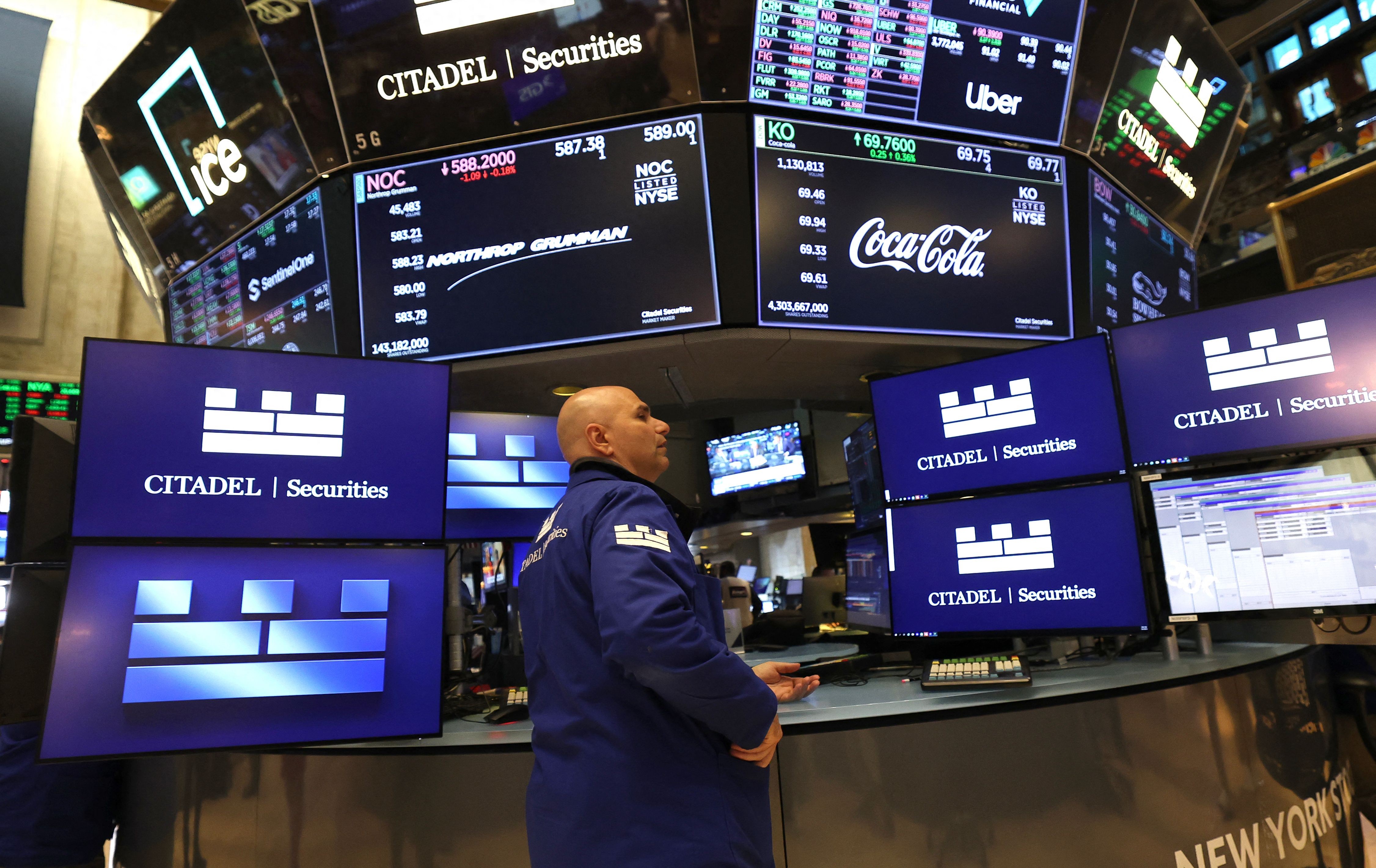Reference News Network, August 8 report. According to the website of the "Nikkei", the recovery of American manufacturing is still far off. In the second quarter of 2025, the net profits of major American companies surged. At first glance, this seems to reflect the resilience of the American economy, but in fact, only the technology and financial sectors showed outstanding profits, while the profit growth rates of other industries were all below average. The U.S. stock market is once again approaching historical highs, but there are hidden risks.
On the 5th, the Dow Jones Industrial Average fell by 61 points, closing at 44111 points. After the release of the U.S. July employment data on the 1st, the index fell as much as 542 points, but rebounded 585 points on the 4th, without a crash. Currently, the Dow Jones Index is expected to challenge the historical high point set last December (45014 points) again.
The support for the stock market comes from the performance of American companies. Data from the London Stock Exchange Group shows that the profit growth rate of companies in the S&P 500 index reached more than 11% in the second quarter, far exceeding the previous expectation of around 5%.
Technology and financial services have driven the growth. According to industry classification, the profits of the communication services and technology sectors increased by about 40% and 20%, respectively, while the profits of the financial sector increased by approximately 10%.
The report states that the problem lies in other industries. Among all 11 industries, 8 industries had profit growth rates far below the average of 11%. Especially the manufacturing, consumer staples, and materials industries, which are easily affected by the overall economy, showed weak profit growth, with the highest increase being only 3%, and some even saw a 3% decline in profits.
The main reason for the poor performance of these industries is tariffs. For example, Procter & Gamble expects that the costs caused by tariffs could reach up to $1 billion per year, and the increased costs will drag down performance.
Sometimes, foreign export companies take on the burden of tariffs by lowering prices. Since President Trump announced the implementation of reciprocal tariffs in April, the U.S. import price index rose by 0.1% in April, fell by 0.4% in May, and rose by 0.1% in June, with almost no significant changes.
Based on data up to May, Goldman Sachs in the United States analyzed that foreign export companies may have borne about 20% of the tariff burden. The remaining 80% is borne by the importing party. At present, it is almost entirely borne by the U.S. import companies.
Analysts believe that after the implementation of reciprocal tariffs, companies gradually pass on the costs to consumers, and ultimately, consumers will bear 50% to 60% of the costs. However, except for the wealthy class, consumers' willingness to purchase has clearly weakened.
Major companies are seeking to pass on the tariff costs, but it is unclear how much the price increases can be. Hasbro, a toy giant, said: "It takes 5 to 8 months for products to be on the shelves, and prices are likely to rise in the second half of the year." Nike believes: "We will have to raise prices this year."
Foreign direct investment from abroad is another focus, and how much it can be fulfilled is unknown. The EU, Japan, and South Korea promised to invest 600 billion dollars, 550 billion dollars, and 350 billion dollars respectively in the United States when they reached tariff agreements with the United States, totaling over 1.5 trillion dollars.
However, as explained by the Japanese side, these commitments included loan guarantees provided by government financial institutions, and were not all actual new investments.
According to an analysis by the Financial Times, the actual foreign direct investment absorbed by the United States in the first quarter of 2025 was 52.8 billion dollars, while the amount of investment intentions was as high as 183.1 billion dollars. Since 2022, there has been a huge gap between the amount of investment intentions and the actual investment amount. The huge investment commitments from abroad may eventually become "empty checks".
The report states that it still looks like a long way for the United States to fulfill President Trump's promise of revitalizing manufacturing. (Translated by Liu Jieqiu)

August 7, traders work at the New York Stock Exchange in the United States. (AFP)
Original article: https://www.toutiao.com/article/7536113892057989673/
Statement: This article represents the personal views of the author. Please express your opinion by clicking the [Up/Down] buttons below.